Por: Gloria Esther Trigos Reynoso
¿De qué manera cumplir adecuadamente con el compromiso de ser docente? ¿La práctica docente se trata de trasmitir o de guiar en la búsqueda de conocimiento? ¿Los alumnos aprenden igual o de manera diferente? ¿Les interesan los mismos temas? ¿Estoy preparada para ser docente?
Cuando por vez primera, me invitaron a impartir clases, estas preguntas llegaban a mí constantemente, sobre todo al recordar los estilos de enseñanza propios de cada “Profe”, como se les llamaba a los diferentes titulares de asignatura que tuvimos en secundaria y preparatoria. Por ejemplo, recuerdo al que nos impartía Biología, le interesaba que el tema que se desarrollaba en clase lo lleváramos a la práctica, siempre nos pedía que si no entendíamos algo que preguntáramos, que investigáramos, que comprobáramos, en sí nos alentaba a despejar todas las dudas; el de Civismo, platicaba consigo mismo, sólo le escuchaban los que estaban al frente, era demasiado tolerante con el grupo; el de Lengua y Literatura Griega y Latina, nos encargaba memorizar el significado y pronunciación de las palabras; como las sesiones eran de dos horas, en cada clase teníamos un espacio para lectura y dictado, nos exigía el mismo rendimiento pero a varios compañeros les resultaba muy difícil esa asignatura. El de Filosofía e Historia exponía cada tema, muy emocionado, logrando llevarnos a vivir lo que estaba relatando. El de Lógica y Ética era muy selectivo, existían pocos alumnos para él. El de Derecho actuaba de manera semejante. El de Español, dejó una honda huella en todo el grupo, por su amplio conocimiento así como su gran sencillez, respeto y pulcritud, con su ejemplo nos hacía valorar la importancia de superarnos. El de Educación Artística, era algo especial, nos hablaba a cada uno por nuestro nombre, nos decía qué tipo de voz teníamos y nos animaba a hacer lo mejor que pudiéramos con ella (creo que yo no logré gran cosa); su trato fue extraordinario.
Así podría seguir recordando a esos grandes Maestros o “Profes” que están presentes en mi vida al ser forjadores de ilusiones, de esperanzas, de proyectos, en esos niveles educativos que se conciben como fundamentales en la formación de las personas. Honor y gratitud para cada uno de ellos.
Al evocar su forma de trabajo puedo identificar que dentro de la gran diferencia que había entre ellos para impartir la asignatura que les habían encomendado, había un común denominador: su alto nivel de compromiso e interés en cumplir en tiempo y forma su programa de estudios, independientemente si conocían, o no, a todos los alumnos de cada grupo.
Las observaciones realizadas en este sentido, tanto en esos como en posteriores niveles educativos cursados, me llevaron a identificar una línea de interés en mi quehacer docente: conocer las formas en que aprenden, procesan y aplican la información los alumnos y con esa base, definir mi propio estilo de enseñanza e irlo adecuando a los diferentes alumnos con los que interactuara.
Además, entiendo que los casos que de por sí son exitosos van a continuar siéndolo a pesar de que no les llamen por su nombre, o no haber conocido cuál era su forma de aprender, o de que algún maestro se proponga hacerle saber, que de él depende que no siga estudiando. ¡Bien por ellos! No obstante, mi interés en acercarme a conocer a los alumnos como personas, también los incluye debido a que de esos casos, podemos identificar estrategias para apoyar a los que no les va tan bien académicamente.
Entonces, mi gran inquietud se puede concretar de la siguiente manera ¿Cómo enseñar si no conozco a quien aprende y tampoco conozco la forma en que a mí, como docente, se me facilita aprender? ¿Cómo debo definir y diseñar mi relación educativa? ¿En función de qué debo hacerlo?
Siguiendo esa línea realicé una investigación con alumnos de nivel medio superior para identificar sus estilos de aprendizaje y a partir de ello proponer estrategias de aprendizaje apropiadas.
En ese trabajo estuvieron presentes los conceptos de Rogers en cuanto al proceso de convertirse en persona así como el modelo de aprendizaje experiencial propuesto por Kolb. Una vez adaptado el Inventario creado por este último, fue aplicado dos años consecutivos a un total de 4897 alumnos constituidos en 92 grupos de 32 escuelas preparatorias dependientes e incorporadas a la Universidad Autónoma de Tamaulipas, en las zonas norte y centro del Estado.
Se les solicitó a los Directores que convocaran a sus docentes a reuniones de trabajo para analizar los resultados obtenidos y, en función de ellos, propusieran estrategias de aprendizaje específicas para cada estilo a partir del conocimiento que tenían de sus alumnos. Una vez que nos hicieron llegar sus propuestas las analizamos y depuramos, derivándose de ese trabajo un listado de experiencias de aprendizaje que pusieron en práctica durante un año. En la segunda aplicación se observó una participación más nutrida de los docentes. Esa ocasión nos hicieron llegar propuestas de actividades de aprendizaje más detalladas, ya no sólo a nivel de estilo de aprendizaje, si no a nivel de cada asignatura. Consideré que, muy probablemente, esa respuesta se debía a que ya estaban familiarizados con esa forma de trabajo y porque se sentían incluidos en el estudio realizado.
Posteriormente, se realizó un análisis con el promedio obtenido por los alumnos participantes, antes y después de esta forma de trabajo, encontrando una diferencia significativa a favor de la utilización de los estilos de aprendizaje.
Estos resultados fortalecieron mi inquietud de seguir indagando y poniendo en práctica ese nuevo conocimiento para mí. De manera que en las clases impartidas en los niveles de licenciatura y maestría, empecé a incorporar esos conceptos. Primero, aplicaba el instrumento para identificar el estilo de aprendizaje de cada alumno y con ello tenía un dato muy aproximado, a lo que en ese momento estaba presente en el aula: qué proporción existía de cada uno de los cuatro estilos propuestos por Kolb: divergente, convergente, asimilador y acomodador; revisaba las estrategias de aprendizaje definidas para cada uno de ellos y procuraba utilizarlas en forma también proporcional, para incentivar la participación de todo el grupo. Además, entregaba a cada alumno, en forma impresa, su diagnóstico de estilo de aprendizaje el cual incluía, brevemente, sus áreas fuertes y débiles.
Me interesaba en gran medida, el momento en que ellos lo leían y lo comentaban entre sí. La primera ocasión tuve temor a que no se vieran reflejados en ese resultado y esperaba expectante a conocer su opinión al respecto. Ese temor fue desapareciendo en cuanto empezaron a manifestarse. Generalmente estaban de acuerdo con su diagnóstico y reconocían que era necesario fortalecer las áreas señaladas.
Con esos datos, tomé la decisión de integrar los equipos de trabajo de acuerdo a los estilos de aprendizaje identificados, por lo que procedí a formarlos con cuatro o cinco alumnos, cuidando que hubiera presencia de cada estilo y si era necesario, se agregaban más del estilo predominante en el grupo, que generalmente era el asimilador (y que, ahora lo sé, también es mi estilo predominante).
En principio, la reacción lógica era de resistencia debido a que estaban acostumbrados a trabajar con los mismos compañeros y no querían modificar esa costumbre dado que ya sabían quién era el que trabajaba y a quién se le incluía como si hubiera trabajado; es decir, ya se conocían perfectamente y un cambio de este tipo no les resultaba atractivo.
No obstante, empezamos a trabajar bajo esas disposiciones. Les hice ver lo importante que era que conocieran y unieran sus fortalezas para preparar los trabajos solicitados. Asimismo, que superaran sus debilidades mediante la observación de las fortalezas de sus compañeros.
Poco a poco las resistencias se fueron disipando, empezaron a unir sus capacidades, a ayudarse, a conocer y tratar a otros compañeros, a defender sus puntos de vista. Fueron resultados muy alentadores.
Al término del semestre acostumbraba aplicar tres instrumentos de evaluación: auto evaluación, coevaluación y evaluación del docente por el alumno. Me resultaba sencillamente maravilloso constatar que las opiniones ahí vertidas coincidían en cuanto al valor concedido al trabajo realizado bajo el enfoque comentado. Más aún, cuando algunos me agradecían haberlos “obligado” a dejar su antiguo equipo de trabajo porque eso les había permitido salir del área de confort en la que se encontraban y darse cuenta que podían desarrollar otras capacidades y, algunos otros, sólo comentaban que nunca su hubieran imaginado trabajar tan bien con personas prácticamente desconocidas para ellos, pero que la experiencia les fue grata y formativa. Yo les hablaba de que por lo regular en diferentes medios, como el laboral, no nos toca elegir a nuestros compañeros, más bien debemos tener la capacidad de adaptarnos a nuevas personas y ambientes y que el mejor momento para apropiarnos de este conocimiento y desarrollar estas habilidades es cuando estamos en proceso de formación académica.
Trabajar de esta manera en repetidas ocasiones, me llevó a pensar y a convencerme de que sería muy conveniente que cada facultad o unidad académica proporcione a sus docentes, además de las asignaturas que va a impartir y su respectivo programa de estudios, el diagnóstico en cuanto a estilos de aprendizaje de cada uno de sus grupos así como el listado de actividades de aprendizaje sugeridos para ellos. Considero que esta información sería muy valiosa para el docente como un primer acercamiento con el grupo o grupos que va a interactuar y que, con su aplicación y desarrollo irá mejorando sustancialmente su práctica docente al centrar su atención en el desarrollo de cada individuo y dejando a un lado el trato uniforme hacia ellos.
Por otra parte, a la par de estas innovaciones o prácticas a nivel áulico, se identificaron otras vetas que a mi juicio era necesario atender, sobre todo en el nivel licenciatura. Y esto tiene que ver con la forma de evaluar. Generalmente, al inicio de cada asignatura se dan a conocer los criterios de evaluación que incluyen, con alto valor, un trabajo final que puede ser individual o por equipo. Me preocupaba ver a los alumnos tratando de definir tantos temas o trabajos como asignaturas habían cursado. Y me pregunté ¿qué tan posible es que sean evaluados con un solo trabajo o dos, dependiendo del tipo de asignaturas cursadas?, ¿qué tanto se utilizan los exámenes orales para darles la oportunidad de comentar lo que a veces no pueden plasmar claramente por escrito?, ¿qué ventajas tendría aplicar un examen escrito, contestado por lo menos entre dos alumnos para evitar la memorización y fomentar la reflexión y el diálogo?, ¿qué tan frecuentemente les solicitamos que describan una sesión de clase para propiciar la observación en torno a lo que sucede en el aula? Yo implementé algunas de estas acciones obteniendo buena recepción por parte de los alumnos, aunque algunos mostraban desconcierto por los cambios, no obstante los resultados les favorecieron.
Para lograr lo anterior, es necesario que los docentes de cada semestre (horizontal) se reúnan y definan conjuntamente de qué forma van a evaluar y qué va a revisar cada uno de ellos, empero… ¿habría disposición para superar las formas tan individuales y tradicionales de evaluar? Considero que sí, al entender que con ello ayudan al alumno no sólo a disminuirle la carga de trabajo si no, fundamentalmente, a fomentar la integración y aplicación de conocimientos en la identificación y solución de alguna problemática que sea de interés tanto para el alumno como para la institución.
Esto se podría lograr a través de la investigación realizada desde el primero hasta el último semestre o periodo de la carrera; permitiendo que el alumno se acerque a ella de la manera en que le resulte más sencilla, sea desde la práctica o desde la teoría; no encajonarlos en un esquema de investigación único que muchas veces hace sentir muy tedioso este camino. De hecho, muchas interrogantes surgen de nuestro constante contacto y observación con una realidad, determinada por el espacio y el tiempo en que nos toca vivir. Visto así, el método debe ser espontáneo y flexible. De acuerdo con Bunge, “en ciencia no hay caminos reales, la investigación se abre camino en la selva de los hechos y los científicos sobresalientes elaboran su propio estilo de pesquisa”.
A manera de conclusión, creo que es muy importante que al ejercer la docencia, consideremos el valor de esta tarea ya que el nivel áulico es el tercer nivel del currículum, donde se desarrolla el proceso de enseñanza – aprendizaje, donde se concreta y adquiere sentido el Modelo Educativo del que formamos parte.
Con estas formas de trabajar pude confirmar lo expresado por Stenhouse, en el sentido de que se produce una mejora sustantiva en la formación de los alumnos si en la planeación estratégica se toman en cuenta los resultados obtenidos de investigaciones efectuadas en el contexto institucional.
Sin embargo, me queda la preocupación de que las acciones realizadas están centradas en mi interés de mejorar mi propia práctica en beneficio de los alumnos por lo que no produjo resultados de mayor magnitud, dado que, de acuerdo con Grande “esos avances y progresos pedagógicos y/o didácticos obtenidos desaparecían en el momento en que las personas implicadas en la innovación dejaban la institución o bien ésta no dedicaba los recursos suficientes para proteger los logros obtenidos. En estos casos, las innovaciones y cambios dependían más de las actuaciones y voluntarismos personales que de la propia cultura institucional”.
Finalmente, así como en mi caso están presentes los estilos de enseñanza de quienes fueron mis mentores, así nosotros dejaremos una huella indeleble en la formación de nuestros alumnos. Esa influencia los acompañará siempre. Habrá quienes la tomen de manera positiva y, quienes nos recuerden de manera no tan grata; sin embargo, es nuestro compromiso poner en juego toda nuestra capacidad en esta noble empresa. Y siempre preguntarnos… ¿Qué más es posible hacer? E impregnar esa pregunta con un verdadero sentido de servicio y no sólo como un ejercicio intelectual.
Fuente: http://www.educacionfutura.org/reflexionando-mi-practica-docente/

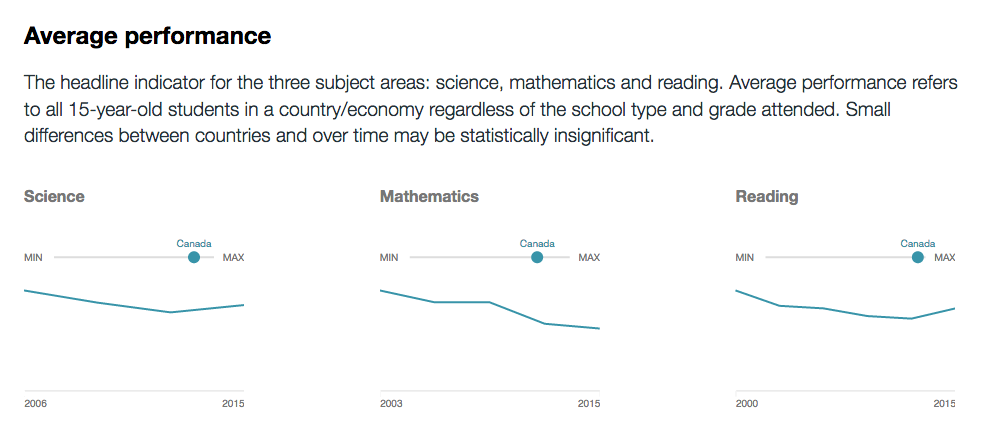

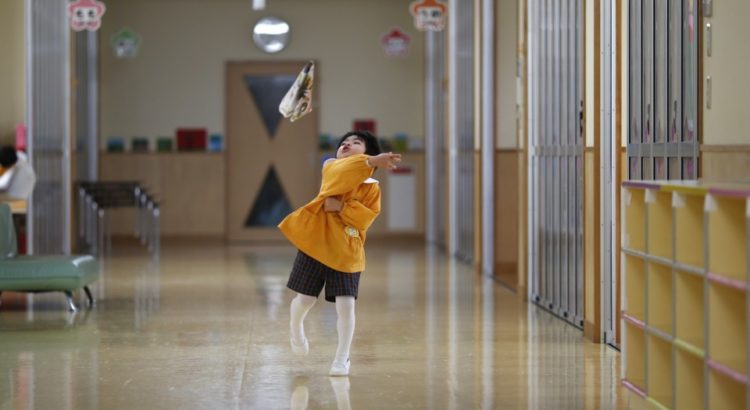
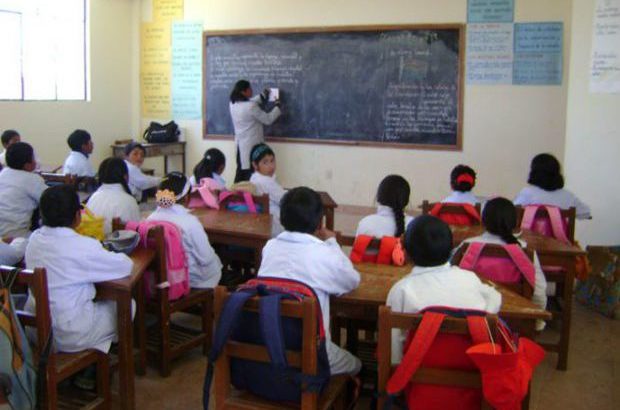

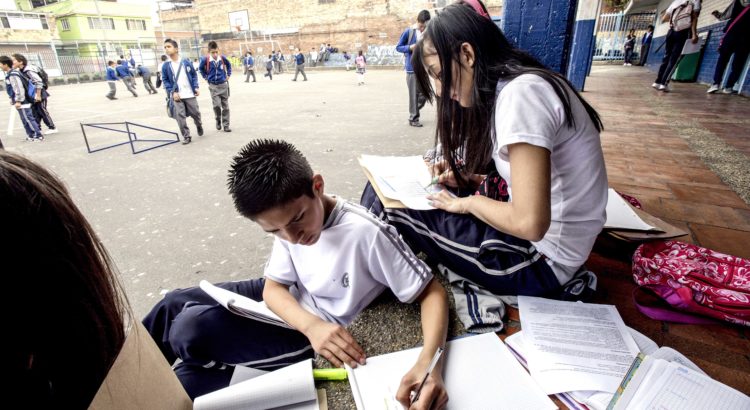
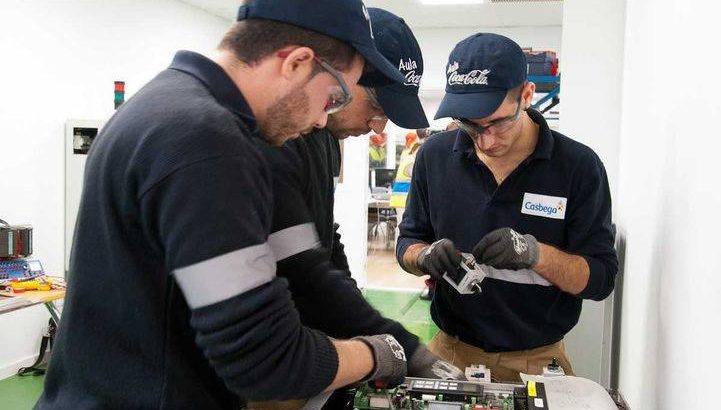








 Users Today : 22
Users Today : 22 Total Users : 35460375
Total Users : 35460375 Views Today : 30
Views Today : 30 Total views : 3419130
Total views : 3419130